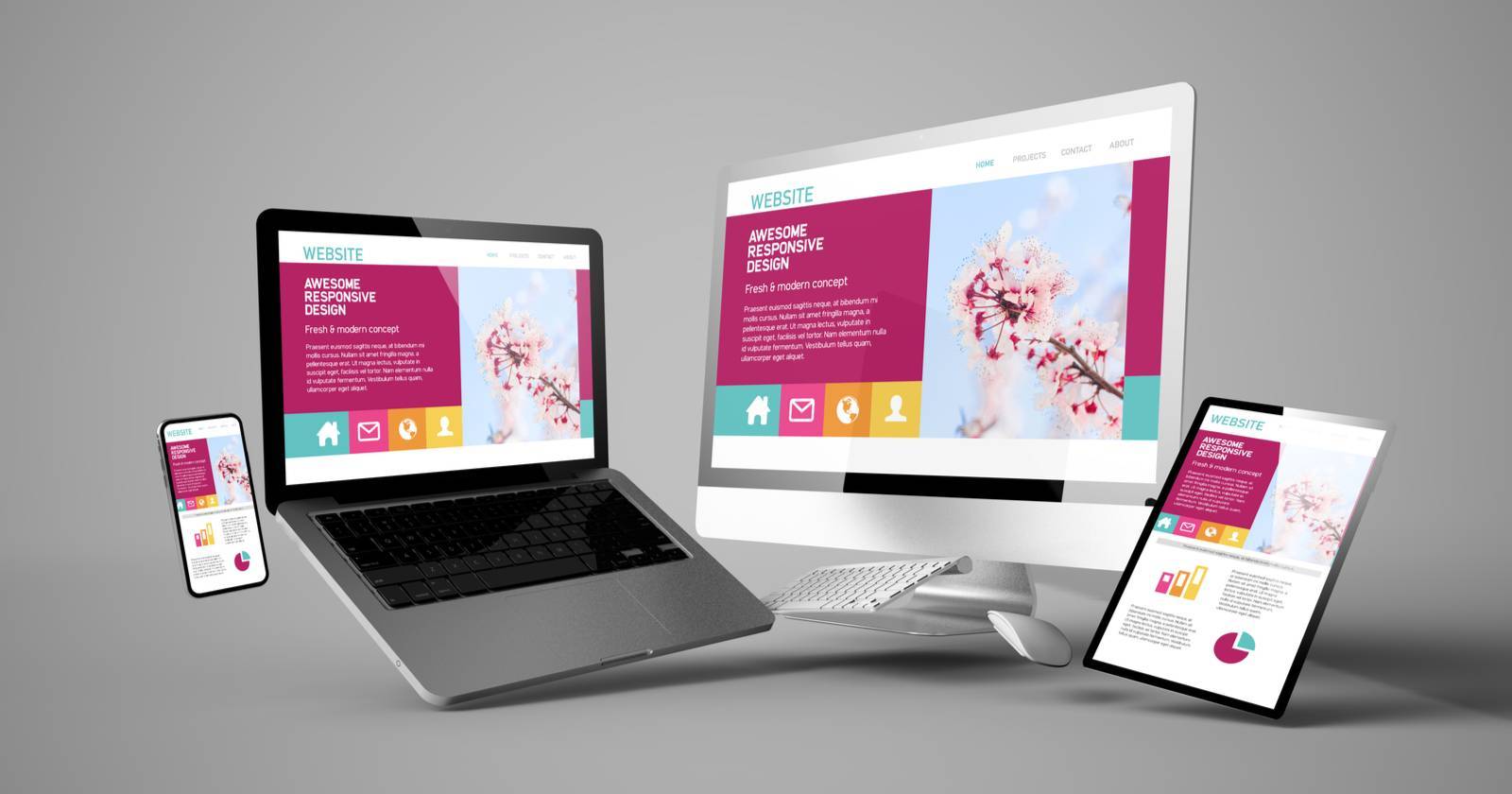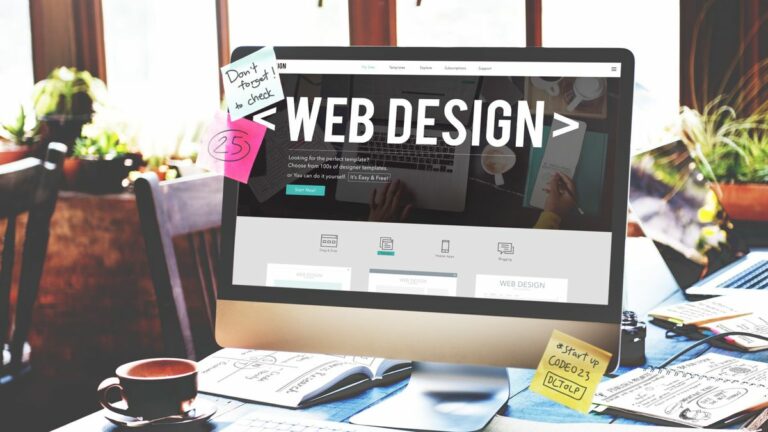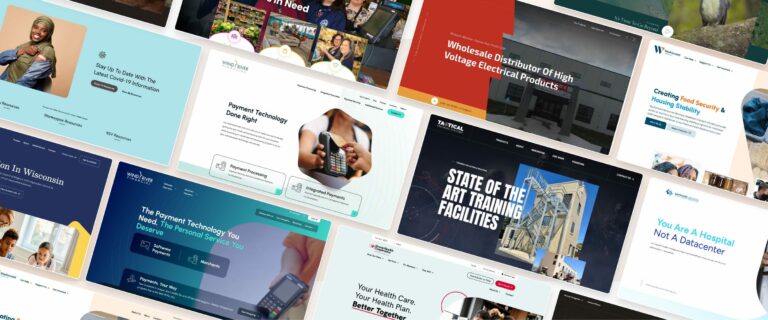In 2025, Africa’s digital ecosystem is experiencing rapid growth, with more businesses, startups, and public institutions establishing a web presence than ever before. This boom is not only reshaping how brands interact with their audiences online but also influencing the design aesthetics and functionality of modern websites across the continent.
Whether you’re launching a new site or redesigning an existing one, understanding current trends can give your business the competitive edge it needs to stand out. Here are the top website design trends to watch in Africa this year.
1. Mobile-First Design is Now the Default
With over 75% of African internet traffic coming from mobile devices, a mobile-first approach is no longer optional—it’s essential. Website designs must prioritize performance, simplicity, and usability on smartphones and tablets.
Key features of mobile-first design include:
- Touch-friendly buttons and navigation
- Fast-loading pages (less than 3 seconds)
- Responsive layouts that adapt to screen sizes
- Vertical scrolling experiences
Why it matters: A mobile-optimized website not only improves user experience but also enhances search engine ranking and customer retention.
2. Localized User Experiences (UX)
African users have unique needs, languages, and browsing habits. In 2025, more businesses are customizing their websites with local UX strategies that reflect these realities.
Trending localized features:
- Multilingual support (e.g. English, French, Swahili, Luganda)
- Visuals that reflect regional culture and identity
- Payment integrations with local options like M-Pesa, Flutterwave, MTN Mobile Money
- Local hosting for faster loading speeds
Why it matters: Personalizing user experience builds trust, improves engagement, and increases conversions—especially when your audience feels represented and understood.
3. Bold Typography and Clean Minimalism
African web design is embracing bold, expressive typography combined with minimalist layouts. Clean designs allow your message to shine without distraction.
Design elements in this trend include:
- Oversized, statement-making fonts
- High contrast between text and background
- Generous use of white space
- Focused color palettes with bright accent colors (often inspired by African art and fabrics)
Why it matters: Simplicity is powerful. It ensures content readability and makes websites feel more modern and premium—ideal for small businesses and tech startups alike.
4. Micro-Animations and Interactive UX
Interactive elements such as micro-animations and scroll-based effects are on the rise. These features provide visual feedback, making the user experience more dynamic and engaging.
Examples include:
- Icons that animate on hover
- Scrolling that triggers subtle transitions
- Animated infographics or charts for storytelling
- Clickable product previews or sliding galleries
Why it matters: Interactivity increases time-on-site and helps convey information in a visually compelling way—critical for product pages and service showcases.
5. AI Chatbots and Conversational Interfaces
With WhatsApp and Messenger being dominant communication tools, African businesses are integrating chatbots and conversational design into their websites to guide visitors in real time.
Features to expect:
- Embedded live chat (or WhatsApp) buttons
- AI-powered bots to handle FAQs, bookings, or lead capture
- Personalized greetings based on visitor behavior
Why it matters: Real-time support leads to higher conversion rates and better customer satisfaction, even for small businesses with limited staff.
6. Storytelling Through Visual Media
African websites are increasingly using high-quality visuals and videos to tell brand stories. Whether it’s showcasing a product journey, a behind-the-scenes process, or a customer success story—storytelling sells.
Trending visual content:
- Background videos on homepages
- Animated explainers
- User-generated photo galleries or testimonials
- Illustrated icons with an African flair
Why it matters: Storytelling builds emotional connections, especially when visuals feel authentic and culturally relevant.
7. Sustainability & Accessibility Design
In 2025, ethical design matters more than ever. More African web developers are focusing on accessibility and eco-friendly design choices.
Key principles:
- Websites that are navigable for people with disabilities (screen readers, alt text, keyboard navigation)
- Lightweight code to reduce energy consumption
- Dark mode options to reduce eye strain and battery use
Why it matters: Accessibility broadens your audience and aligns your business with global values of inclusivity and environmental responsibility.
Conclusion: Africa is Shaping its Own Digital Identity
African website design is evolving fast—not just by adopting global standards, but by crafting a unique, localized approach that reflects the continent’s diversity, creativity, and innovation.
If you’re building or upgrading your website this year, don’t just follow trends—embrace the ones that make your site faster, friendlier, and more relevant to your local audience.
At Master Cloud Africa, we specialize in designing modern, culturally aware websites that connect with your audience and convert visitors into customers.
Need a new website or a redesign?
Get in touch with our team to bring your digital vision to life.






